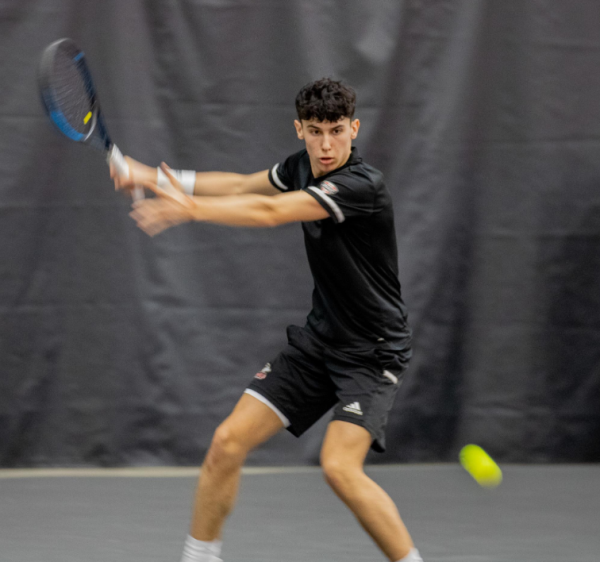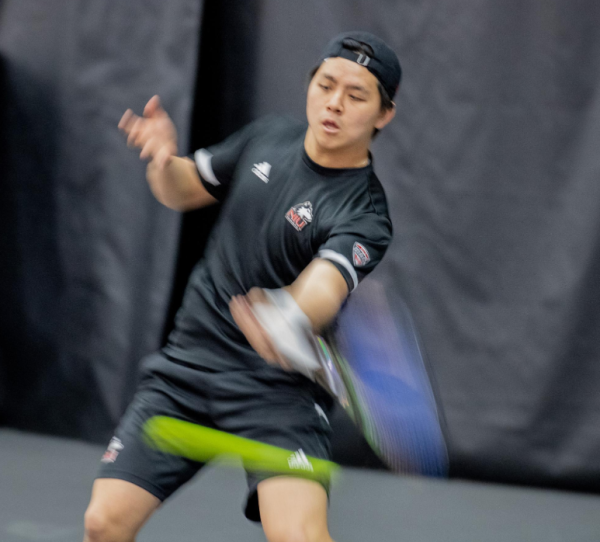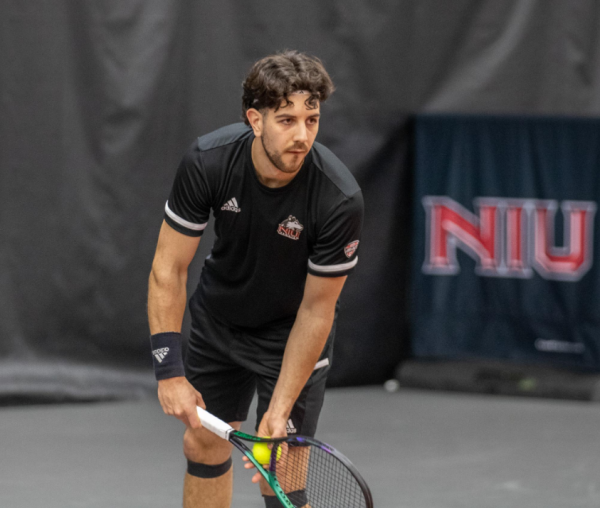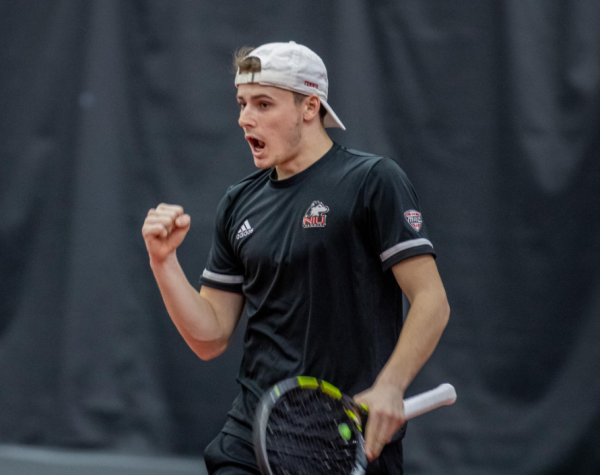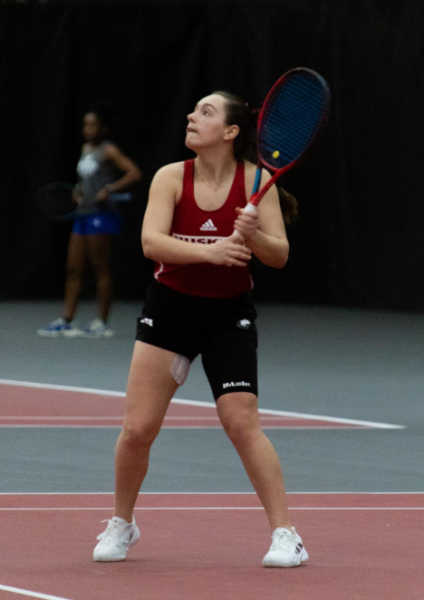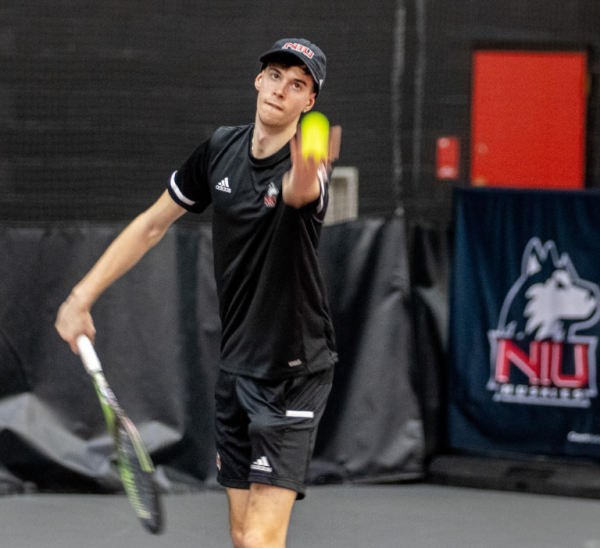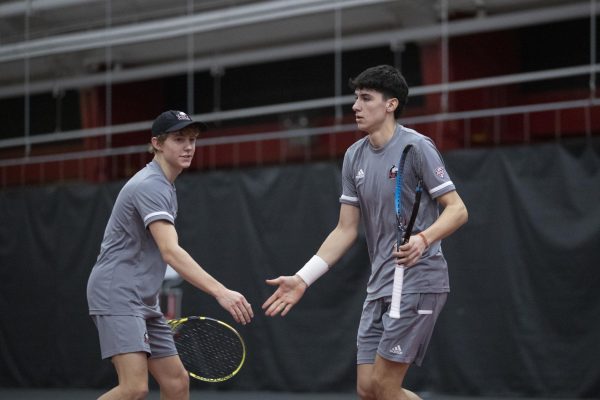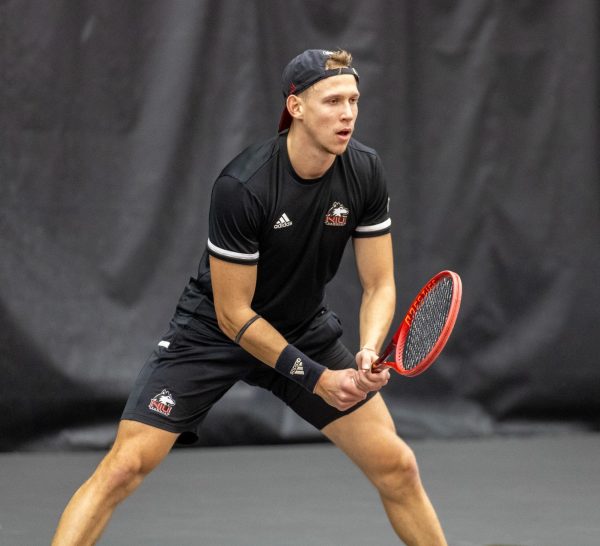Language differences create temporary obstacles for some NIU athletes
April 16, 2008
Imagine working tediously throughout your high school years to excel in both academics and athletics.
Imagine putting in hours of studying and training and finally having all the hard work pay off. You earn your scholarship and are able to compete on the collegiate level.
But even with all the hard work, there’s still one more obstacle that stands in the way: language.
This is a common problem for many foreign-born athletes, especially those who come to the U.S. to compete in the NCAA. For many of these athletes, English was not their first language. This causes problems, especially in the beginning.
“It’s always difficult in the beginning,” said Pontus Hiort, NIU men’s tennis coach and a native of Sweden. “[It’s hard to] pick up on all the nuances and the differences.”
For most of these student-athletes, the first semester is the hardest, both in sports and school. They not only have to learn English to succeed in their studies, but also have to pick up on English slang for their sport.
“I speak Portuguese, but I knew some English coming over,” said Stephanie Okuma, NIU women’s tennis player and Brazilian native. “My first semester was the hardest one. I wasn’t used to all the English.”
Even with the different language and culture, these foreign-born athletes have been able to adapt and adjust quickly.
Some students, like Okuma, are the only athletes of their nationality on the team and have to learn the ways of the U.S. culture on their own. But others, like men’s tennis player Javier Bernabe, face a situation where they have someone to relate with. For Bernabe, while learning the differences was still challenging, he had other athletes on his team who could help him.
“To communicate with friends and teammates was harder,” said Bernabe, a native of Spain. “But having teammates that also spoke [Spanish] really helped.”
But with any learning process, the obstacles are fewer as time progresses. Coaches, along with teachers, also serve as liaisons to these athletes while they transition to a new culture.
“Coach [Hiort] is not from America,” Bernabe said. “He understood my situation. He also helped me if I didn’t understand something and needed to ask again.”
The team offers more help for some.
“You have to go step-by-step,” said Alfonso Monroy, a junior tennis player and native of Mexico. “The guys that don’t speak Spanish but speak English help us a lot.”
Regardless of the differences, going through a step-by-step process with people of different nationalities helps bring these athletes closer together. While the language barrier still exists at times, it is not a permanent obstacle.



